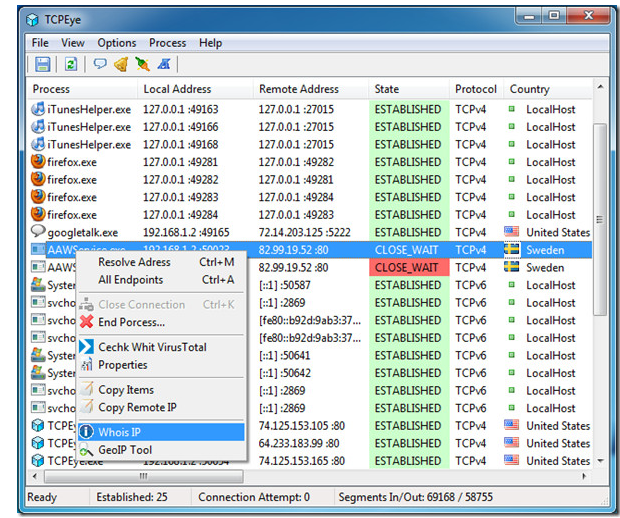RNA sequencing, or RNA Seq, is a powerful method used in molecular biology research to determine gene expression levels. It is a powerful tool that enables researchers to study complex biological systems by looking at the RNA molecules that are produced by them.

RNA Seq is a relatively new method that has led to several significant advances in our understanding of gene expression, biological function, and disease. One of the newer and more exciting RNA Seq methods is the Translation Complex Profile Sequencing method (TCP-seq).
In this blog, we will explain what RNA Seq is, how it works, how TCP-seq works, and why TCP-seq is so exciting.
What is RNA Sequencing (RNA Seq)?
RNA Seq is a method used to identify and quantify the RNA molecules produced by a cell or tissue. The basic idea behind RNA sequencing is to convert the RNA molecules found in a sample into complementary DNA (cDNA), which can then be sequenced using high-throughput sequencing techniques.
RNA Seq has several advantages over traditional gene expression profiling methods, such as microarrays. One of the key advantages of RNA Seq is that it can detect and quantify all RNA molecules in a sample, regardless of whether they are already known or not.
Another significant advantage of RNA Seq is that it can differentiate between different RNA molecules with high accuracy. This means that RNA Seq can detect alternative splicing events, post-transcriptional modifications, and even small RNA molecules.
How Does RNA Sequencing Work?
RNA Seq can be performed using several different methods, but the basic steps are the same. The first step is to obtain the RNA from the sample of interest. The RNA can be isolated from any tissue or cell type, and there are several different methods for doing this.
Once the RNA has been isolated, the next step is to convert it to cDNA using reverse transcription. Reverse transcription is the process of converting RNA into cDNA using a reverse transcriptase enzyme.
After the RNA has been converted to cDNA, the next step is to sequence the cDNA using high-throughput sequencing techniques. The sequencing reads are then mapped to the reference genome to identify the source of the RNA molecules.
Finally, the RNA Seq data is analyzed to identify and quantify different RNA molecules in the sample. This can be done using a variety of bioinformatics tools, such as differential expression analysis, pathway analysis, and gene set enrichment analysis.
What is TCP-Seq?
TCP-seq is a newer and more advanced RNA Seq method. The basic idea behind TCP-seq is to identify and quantify the protein synthesis complexes along messenger RNA (mRNA) chains. This enables researchers to obtain snapshots of the momentary distribution of protein synthesis complexes along mRNA chains.
TCP-seq works by cross-linking the protein synthesis complexes to their mRNA targets using formaldehyde. The cross-linked complexes are then immunoprecipitated using specific antibodies, and the immunoprecipitated RNA is converted to cDNA using reverse transcription.
The cDNA is then subjected to high-throughput sequencing, and the sequencing reads are mapped to the reference genome to identify the source of the RNA molecules.
Finally, the TCP-seq data is analyzed to obtain a snapshot of the momentary distribution of protein synthesis complexes along mRNA chains.
Why is TCP-Seq so Exciting?
TCP-seq is a powerful tool that enables researchers to study the dynamics of protein synthesis complexes along mRNA chains. This provides insights into the regulatory mechanisms that control gene expression and protein synthesis.
TCP-seq can also be used to study the effects of different treatments or mutations on protein synthesis complex dynamics. This can provide insights into the mechanisms of disease and help identify potential drug targets.
In summary, TCP-seq is a powerful RNA Seq method that enables researchers to obtain snapshots of the momentary distribution of protein synthesis complexes along mRNA chains. TCP-seq provides insights into the regulatory mechanisms that control gene expression and protein synthesis and can be used to study the effects of different treatments or mutations on protein synthesis complex dynamics.